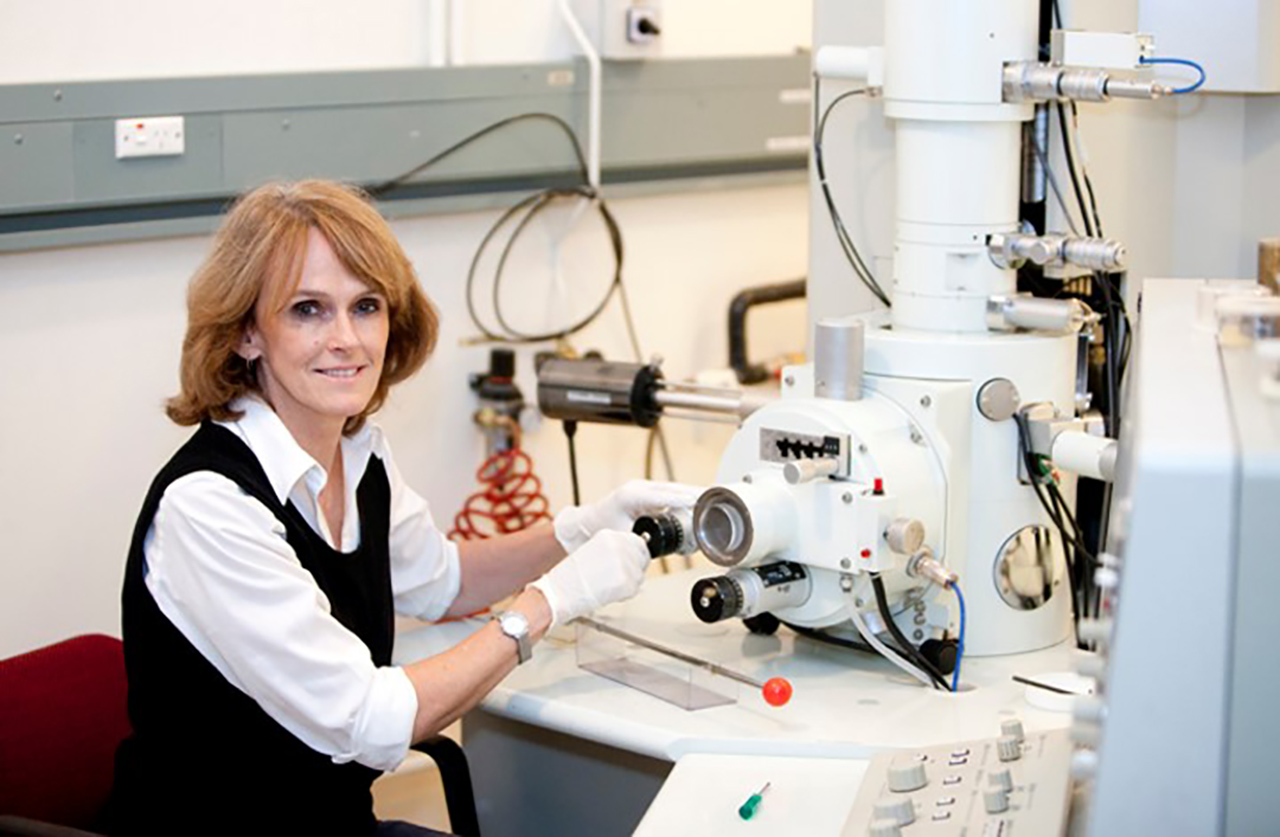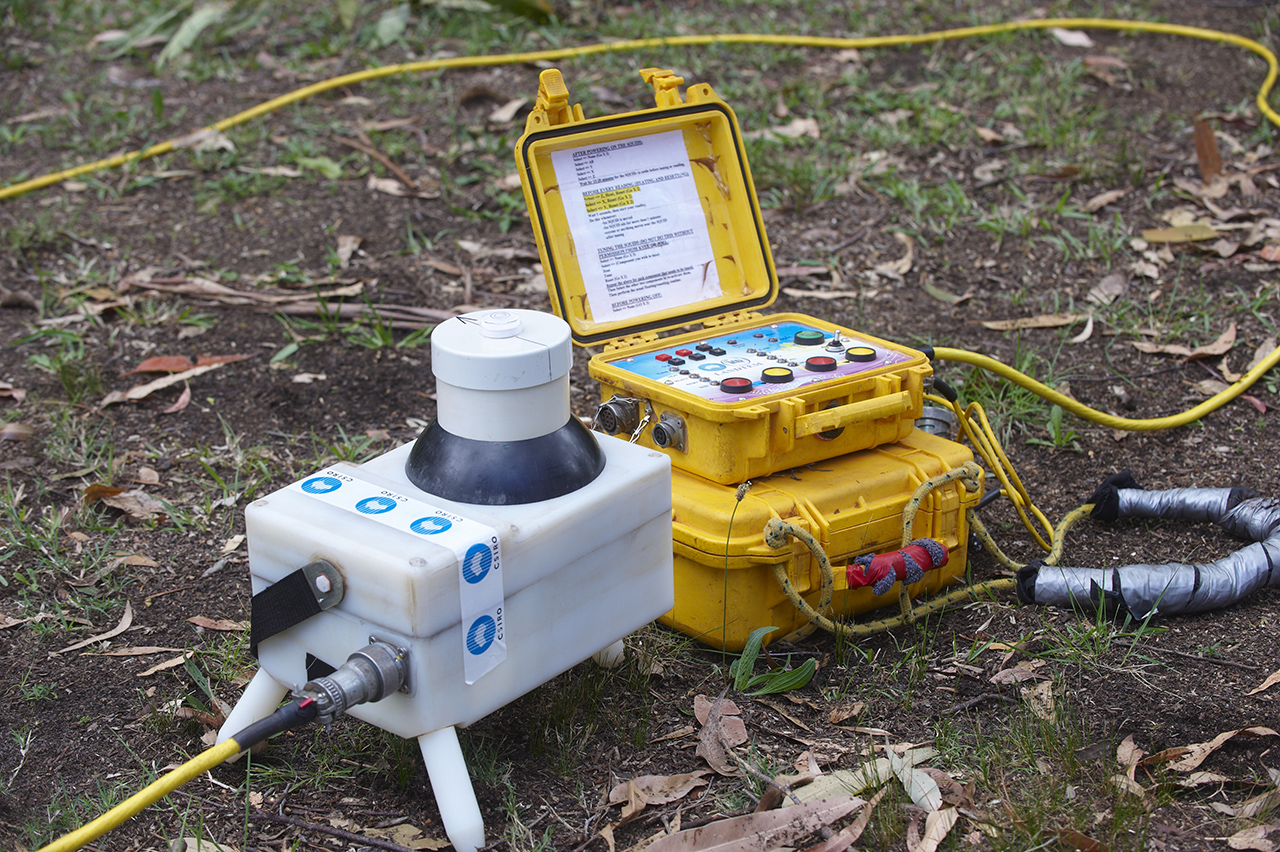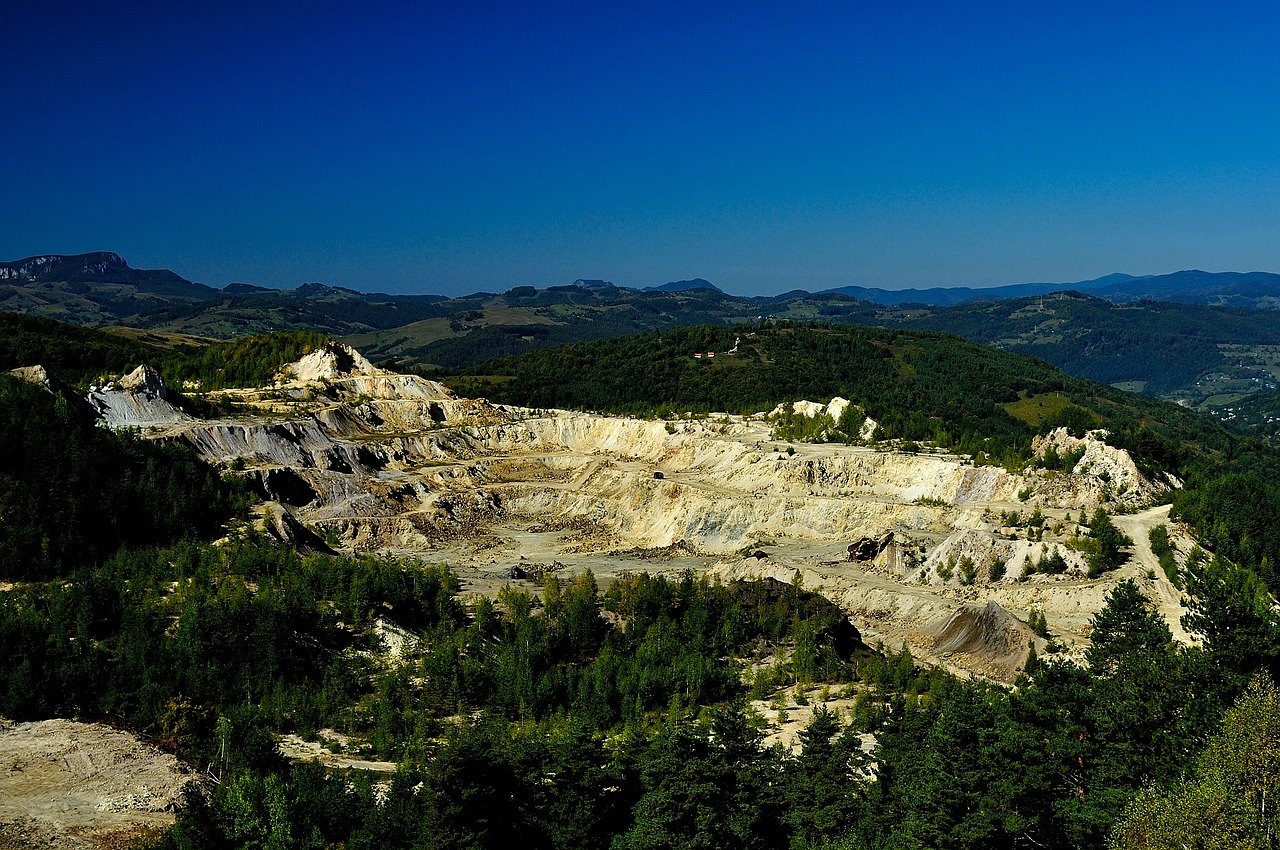Shining a light on super-sensors
CSIRO Chief Scientist Dr Cathy Foley has shown time and time again that research in the lab can translate to innovative technology across a range of industries. “As a human race, we have many issues we have to solve,” says Foley, who has been elected a Fellow of the Australian Academy of Science. “We will only solve them when we get the science right …. [and] translate it from the laboratory into something that makes an impact and is used by everyone.”
Most of us benefit from Foley’s work in optoelectronics physics every time we scan a barcode, press play to watch a Blu-ray disc or switch on a gaming console. Foley and fellow CSIRO scientists also invented a super-sensor that has revolutionised mineral exploration across the world.

Ahead of the curve
Foley’s career in physics began with her PhD on the semiconductor indium nitride. With an electrical conductivity that falls between that of a conductor (like metallic copper) and an insulator (like glass), semiconductors are essential components of most electronic circuits. Silicon is a particularly ubiquitous semiconductor.
At the time that Foley was working on her PhD, indium nitride wasn’t widely recognised as an important material. However, Foley’s PhD supervisor, physicist Professor Trevor Tansley at Macquarie University, recognised its potential as a material of the future. Tansley, Foley and their Macquarie colleagues were one of the first research groups to carry out pioneering research that examined the application of indium nitride in light-sensitive devices.
Worldwide recognition for Tansley and Foley’s work came in the 1990s, when nitrides first began to be used as semiconductor lights sources in light emitting diodes (LEDs). Now a multi-billion dollar optoelectronics industry, LEDs are used in almost every industry sector; from energy and entertainment through to defence and aerospace. The two researchers paved the way for the development of laser diodes, which are used in various forms of laser scanning, from barcodes to disc-reading.

Super superconductors
This wasn’t the last time that Foley’s research would lead to industry innovation. After commencing work at CSIRO, Foley began researching superconductors, which are materials that allow electricity to pass through without any resistance. This makes them ideally suited to detecting tiny magnetic fields, such as those emitted by minerals buried deep in Earth’s crust, or the equally tiny fields generated by our brain and heart.
CSIRO scientists have worked on developing commercial sensor systems based on superconductors since the 1980s. Superconducting sensors require highly sensitive magnetic receivers, known as SQUIDs (superconducting quantum interference devices), that are capable of analysing signals over long time scales and through multiple conductive layers.
Developing devices based on superconducting materials is no simple matter. Most only reach a superconducting state at the super-low temperature of 30 Kelvin—that’s –243°C! Foley and her team worked with ‘high-temperature’ superconducting materials that can be cooled with liquid nitrogen to the comparatively toasty temperature of –200°C. This led them to develop the patented LANDTEM sensor system for a mineral exploration technique known as transient electro-magnetic (TEM) prospecting.

Seeing through Earth’s crust
LANDTEM essentially ‘sees’ through Earth’s crust to create a 3D map of underground ore bodies. The device consists of a square loop of wire placed on the ground above a potential ore deposit. When a current is pulsed through the wire to induce a magnetic field, it temporarily creates what’s known as an eddy current in any conducting material nearby—such as underground minerals.
Using high-temperature SQUIDs, LANDTEM detects the growth and decay of the eddy current signals. It analyses the signal to reveal if ore bodies are present, and if so, where exactly they are located. Rather than measuring the rate of current decay like conventional magnetic techniques, LANDTEM measures magnetic field ‘directly’. As a result, it can detect mineral ores at much greater depths, as well as differentiate between the ore and conductive soil. This has been a boon when prospecting for ores that are particularly tricky to locate, like nickel sulphide, silver and gold.

“It's really hard to find minerals that aren't poking out through the surface of the Earth. What LANDTEM did was actually allow a method to be able to see through the crust,” Foley explains. “We're able to show exactly where to put drill holes, so that reduces the overall cost and time to get a mine on site.” Since LANDTEM was commercialised in the early 2000s, it has been licensed to uncover mineral deposits worth billions of dollars across Australia, Canada and the USA.
The technology has even more applications beyond mining. It could be used in medical devices such as MRIs, in security devices for detecting contraband at airports, and to uncover submarines deep under the ocean. It also shows potential for Tetrahertz imaging technology, which Foley refers to as “Superman vision”, as well as high-speed satellite communications.
“We're still exploring and trying to see whether we can break through some of the more difficult things in communications,” says Foley. Some of the most high-tech applications for superconductors are yet to be found.





